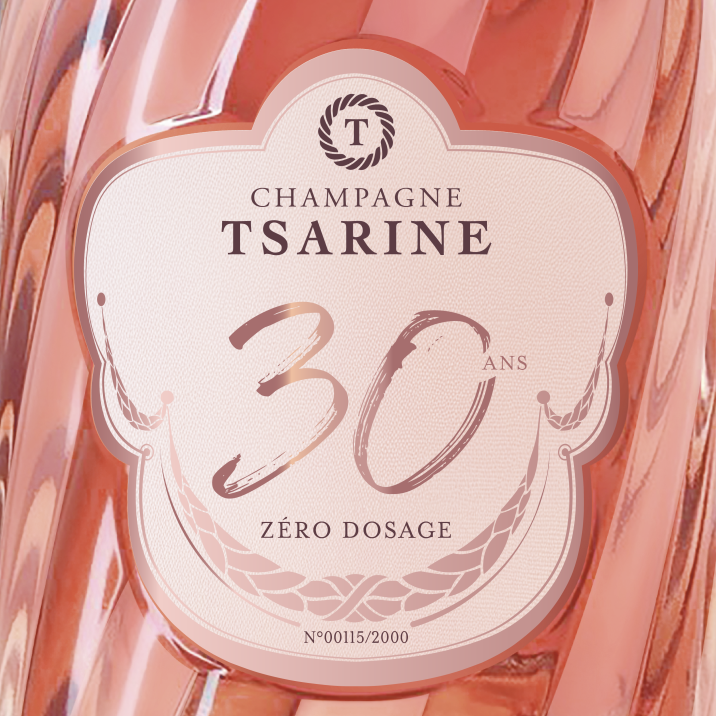Ancient grape emerges from obscurity in Sicily
An ancient grape from the Roman viticultural area of Marmertinum is forecast to be a key player in the future of Sicilian winemaking.
Called Nocera, the variety is believed to have been the main grape of Roman ‘great estate’ Marmertinum in Sicily, as identified by Pliny the Elder in the second century BC.
The grape, which produces wines with deep colour, high levels of acidity and strong tannins, is being replanted by Sicilian producer Planeta, although others are also putting it in the ground, according to the producer.
Speaking to the drinks business during Vinitaly this year, Planeta winemaker Patricia Tóth expressed her great belief in the grape.
“I think that Nocera will be a very important variety for the future of Sicily,” she said, adding, “It has colour, structure, spices, and a citrus note, as well as a saltiness.”
While she told db that two Sicilian regions were officially allowed to use the grape in their wines – Faro and Mamertino di Milazzo – it was almost entirely found as a minor component in a blend, with other native varieties Nerello Mascalese/Cappuccio or Nero d’Avola taking the dominant proportion.
However, Planeta has, starting with the 2015 vintage, produced a pure Nocera to highlight the character and quality of this forgotten grape, although it has been making wine using Nocera since 2013, blending it with Nero d’Avola – the other authorised variety of Mamertino di Milazzo DOC.
“Very few people are making Nocera as a single varietal wine, but it is a really exciting grape,” she said.
Partner Content
Continuing, she recorded, “Some are now planting it for use in Sicilia DOC, and some in Marsala, but there are still only 30 hectares of Nocera in total.
Having told db that Nocera’s native source is the region of Messina in Sicily, home to the modern-day Mamertino di Milazzo DOC, she said that the grape was introduced to the Italian mainland in the C16th, and can still be found in Calabria.
She also expressed enthusiasm for the rebirth of the ancient viticultural region of Marmertinum, recording that there are 11 producers now making Mamertino di Milazzo DOC, which has been enough for the region to form its own consorzio to promote the area, following the creation of the DOC in 2004.
So, could the tough grape of Nocera, which retains its natural acidity – even in the hot climes of Sicily and Cantabria – become a flagship grape of the future?
Read more





Discover Nocera Experience in Sicily: https://www.winerytastingsicily.com/tasting-search.php?wine=25&lang=en